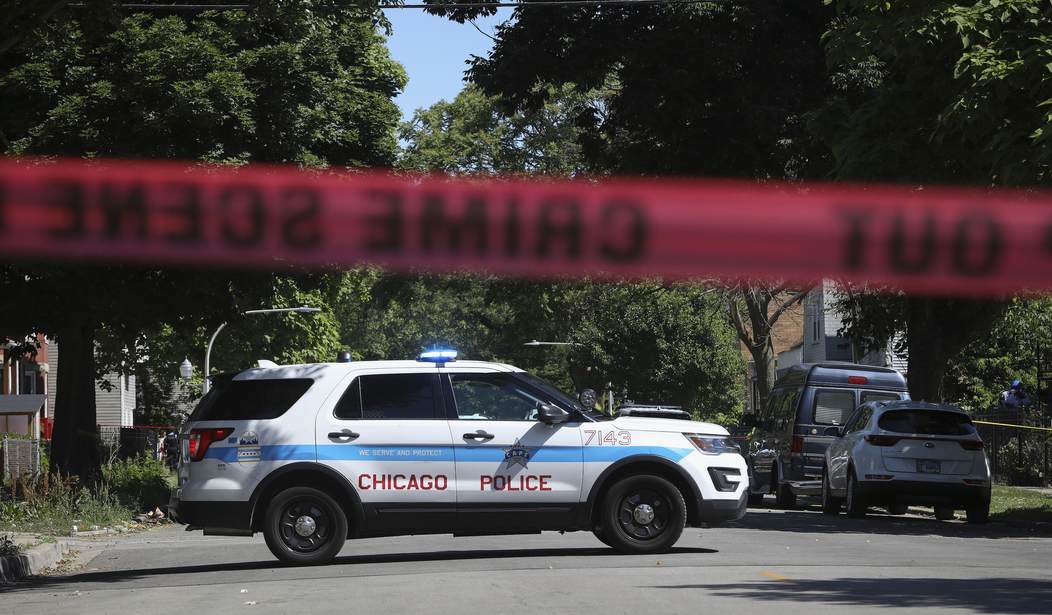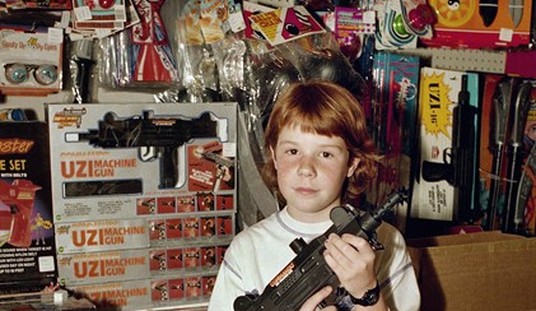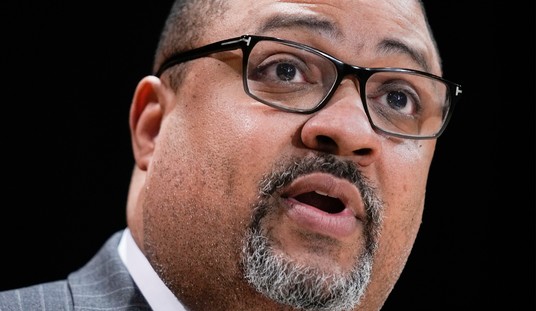While Chicago Mayor Lori Lightfoot is placing her hopes for reducing crime on an influx of cash in high-crime neighborhoods and the Biden administration’s push to crack down on “rogue gun dealers,” more and more Chicago residents are choosing to protect themselves from the city’s violent criminals.
Over the weekend, for instance, a would-be robber in the city’s Douglas neighborhood ended up in handcuffs after choosing his intended victim poorly.
Just after midnight, a 41-year-old man was standing near his vehicle in the 2900 block of South State Street when he was approached by a teenage boy with a handgun, Chicago police said.
The man, who had a concealed carry license, shot the 16-year-old in the arm, police said.
The teen left the scene and officers later found him and took him into custody, police said. He was taken to Comer Children’s Hospital in good condition.
There were 72 people shot in Chicago over the weekend, 11 of them fatally. And despite Lightfoot’s public safety plan that was unveiled almost a year ago, the Chicago Sun-Times reports that in the city’s most hard-hit neighborhoods, things are only getting worse.
The plan, “Our City, Our Safety,” proposed flooding the 15 most violent community areas with resources — not just violence intervention programs but help with jobs and housing and health.
But nearly a year into the effort, gun violence is up in at least nine of the areas. The numbers are far starker when you look at how crime has risen since 2019, when Lightfoot took office, before the current spike in gun violence swept the city and the country.
Fatal shootings in West Pullman are up 566% from this time two years ago, North Lawndale 201%, South Lawndale 160%, Chatham 116%. Only three of the areas targeted by City Hall are down from 2019: West Englewood, Roseland and Humboldt Park.
Yet the administration has yet to funnel any extra assistance to some of those dangerous neighborhoods, particularly on the Far South Side, according to the city’s website. The West Pullman community area, for example, has received none of the $36 million released by City Hall under the plan this year.
Chicago stands to collect (and distribute) almost $2-billion in stimulus funds that it can direct towards violence prevention efforts, but as the Sun-Times report shows, the mayor’s office hasn’t been able to point to much success from the tens of millions of dollars the city’s already appropriated as part of Lightfoot’s public safety plan.
Two committee meetings on the plan have been closed to the public. And the mayor’s office has not published a full list of grant money issued so far, other than posting various agencies involved in outreach efforts.
Sources told the Sun-Times one of those agencies is Metropolitan Family Services, which was issued a $9.4 million grant to expand its anti-violence services. The organization said the money has helped fund 28 neighborhood groups through its Communities Partnering 4 Peace program to provide outreach and “mediations.”
Pressed for over two weeks to provide an accounting of all the money released through “Our City, Our Safety,” City Hall said Friday a list would be published online “soon.”
“Since day one, Mayor Lightfoot’s priority has been to invest in programs that support those at highest risk of violence,” a Lightfoot spokesman said in an email. “Street outreach programs engage with individuals at highest risk to interrupt violence, mediate conflicts and connect individuals with needed services and supports.”
But the lack of details from City Hall makes it difficult to measure the effectiveness of the plan, critics say, and casts doubt about future efforts.
One person who attended the closed meetings complained the city has failed to show even privately how investments have been made and how many people have been helped.
The lack of transparency on the part of the mayor’s office shouldn’t inspire confidence in any resident, and with piles of cash coming in from the federal government, it’s critically important that voters know exactly how this money is being spent and who’s benefitting from the Democrats’ spending spree. It sounds like Lightfoot is doing everything she can to prevent that from happening, which only raises more questions about where the money’s going and what, if any, results have been seen.
With leadership like Lightfoot at the helm, no wonder more Chicagoans are embracing their right to carry, even with the lengthy delays imposed by the failure of the Illinois State Police to process Firearm Owner ID cards and concealed carry applications in a timely manner. In fact, if Lightfoot really wants to ensure the safety of the public, she should direct some of that $1.8-billion in forthcoming federal funds to grants that would help pay for concealed carry courses and licensing fees for Chicago residents. It’s clear that Lori Lightfoot can’t keep Chicagoans safe. The least she could do would be to make it a little easier for folks to protect themselves, just like the armed citizen in the Douglas neighborhood did during yet another violent weekend in the Windy City.









Join the conversation as a VIP Member